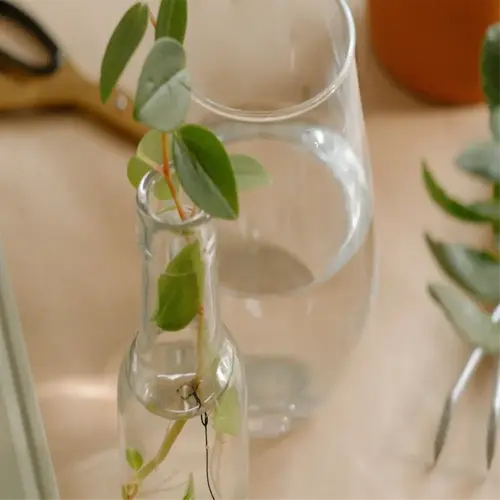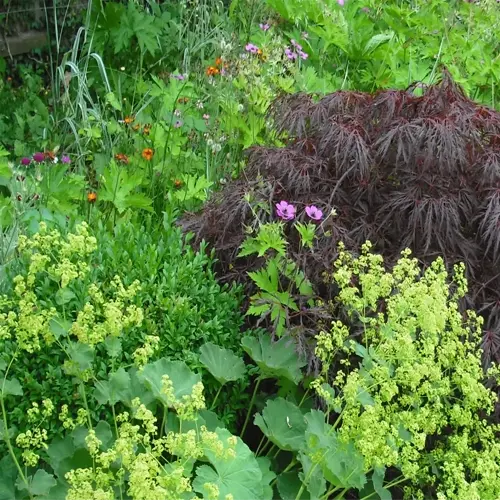How much space do bee-friendly gardens require?

Written by
Nguyen Minh
Reviewed by
Prof. Samuel Fitzgerald, Ph.D.When they are intentionally planted flowers for bees can flourish in spaces as small as 4ft x 4ft, or 1.2 x 1.2m. By planting tall sunflowers, mid-height, lavender, and groundcover thyme (the plants have floral display characteristics) it is possible to maximize nectar density vertically. My balcony garden attracted 9 bee species within 6 weeks of planting in this manner. You may also want to consider that native plants are more likely to adapt to confined root zones and the effects of hybrids may not be fully known.
Vertical Stacking
- Sunflowers anchor corners at 6ft (1.8m) height
- Mid-tier bee balm blooms at 3ft (0.9m)
- Creeping thyme spills over container edges
Container Optimization
- Use 12in (30cm) pots for dwarf sunflower varieties
- Hanging planters hold trailing nasturtiums
- Self-watering boxes sustain herbs like oregano
Soil depth is essential for confined planting in gardens. Native prairie plants adapt well to shallow 8in (20cm) beds compared to deep-rooted hybrids. To improve drainage I mix 30% sand into potting soil. Synthetic fertilizers should be avoided as they damage microbial life that is needed for compact root systems.
Daily Care
- Check soil moisture with finger-depth test
- Remove spent blooms to encourage regrowth
- Inspect for aphids under leaves
Seasonal Tasks
- Rotate containers quarterly for even sun exposure
- Replace 25% soil annually with compost
- Prune aggressive growers like mint weekly
Monitor progress by counting pollinator visitation. After introducing blue vervain to a 2x2ft (0.6x0.6m) corner, my journal showed an average of 12 bees each day. Share your data with neighbors. Combined balcony gardens can serve as "urban pollinator corridors!" Each stem you've planted is an effort to reverse habitat losses.
Read the full article: Top 10 Flowers for Bees: A Gardener's Essential Guide

